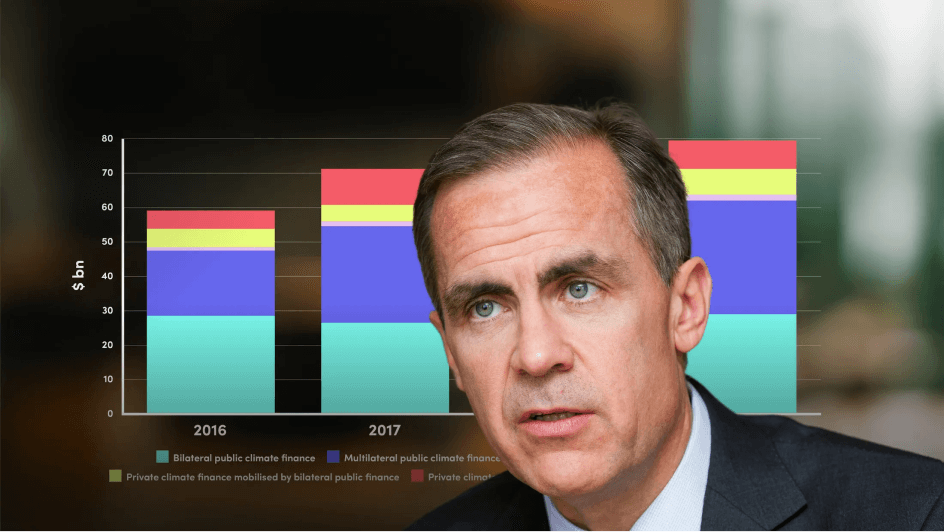
Stakeholder Engagement in Achieving ESG Goals

Namhla Saba
15 years: Chartered Accountant & ESG Specialist
In this video, Namhla explains how Fairmount Minerals Limited (now Fairmount Santrol) successfully integrated sustainable development and stakeholder engagement into their business. She highlights the financial and reputational benefits, including cost savings, improved employee health, new market opportunities, and innovative products. She further covers the importance of stakeholder engagement in achieving ESG goals and the role of double materiality assessments.
In this video, Namhla explains how Fairmount Minerals Limited (now Fairmount Santrol) successfully integrated sustainable development and stakeholder engagement into their business. She highlights the financial and reputational benefits, including cost savings, improved employee health, new market opportunities, and innovative products. She further covers the importance of stakeholder engagement in achieving ESG goals and the role of double materiality assessments.
Subscribe to watch
Access this and all of the content on our platform by signing up for a 7-day free trial.

Stakeholder Engagement in Achieving ESG Goals
10 mins 20 secs
Key learning objectives:
Identify benefits of integrating sustainability at Fairmount Minerals
Identify Fairmount’s benefits from integrating stakeholder feedback
Understand the role of stakeholder engagement in effective ESG strategy design and reporting
Outline steps in double materiality for effective ESG strategies
Overview:
Subscribe to watch
Access this and all of the content on our platform by signing up for a 7-day free trial.
- New Markets - Trust from stakeholders helped secure new operating licences
- Reputation - Improved market reputation and several sustainability awards opened new opportunities
- Employee Engagement - Boosted employee loyalty and productivity, with 87% of employees contributing to volunteer causes
- Innovation - Development of new biodegradable agents, signature gold products, and odour reduction technology
- Identify and Engage Stakeholders - Conduct a stakeholder mapping exercise to ensure all affected parties are considered, both internal and external.
- Draw Up a List of Potentially Relevant Sustainability Matters - Identify sustainability issues specific to the entity based on stakeholder engagements.
- Define and Assess Impact Risks and Opportunities - Evaluate the critical sustainability issues according to their effects and risks for the organisation.
- Measure and Disclose the Impacts - Organisations must disclose the measures they are taking to manage the identified environmental and social impacts, including metrics, targets, policies, and action plans.
Subscribe to watch
Access this and all of the content on our platform by signing up for a 7-day free trial.

Namhla Saba
There are no available Videos from "Namhla Saba"





























